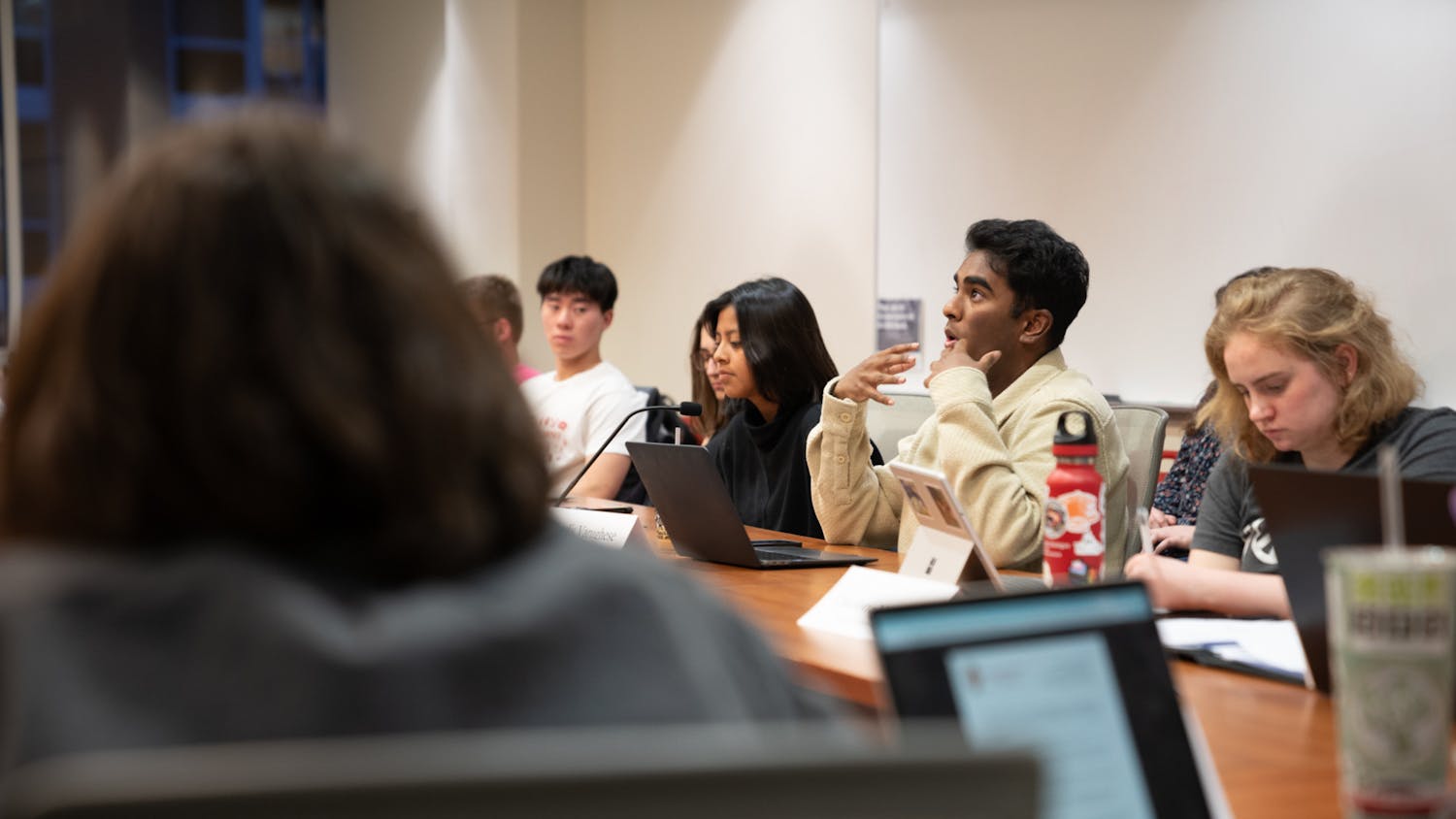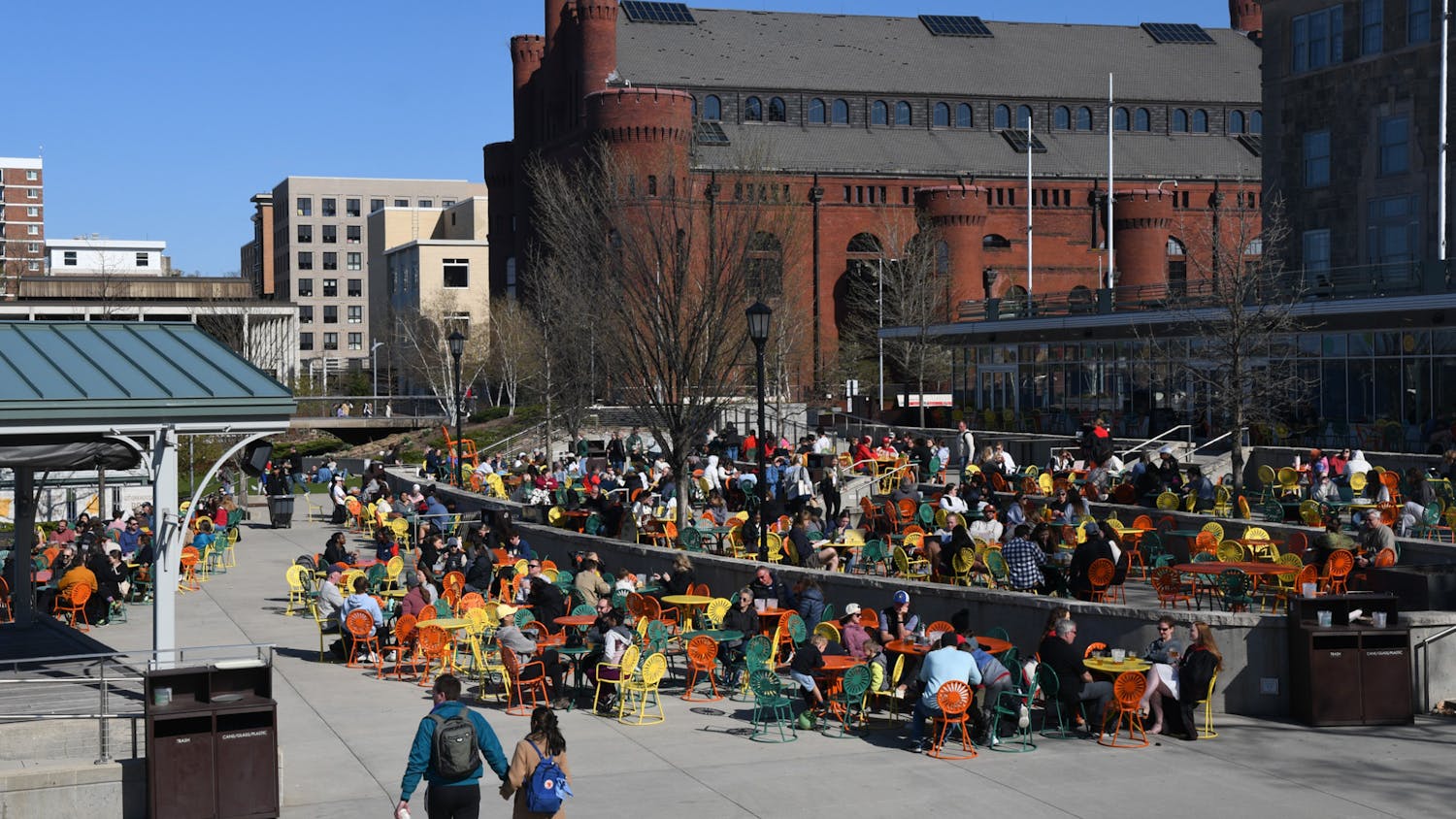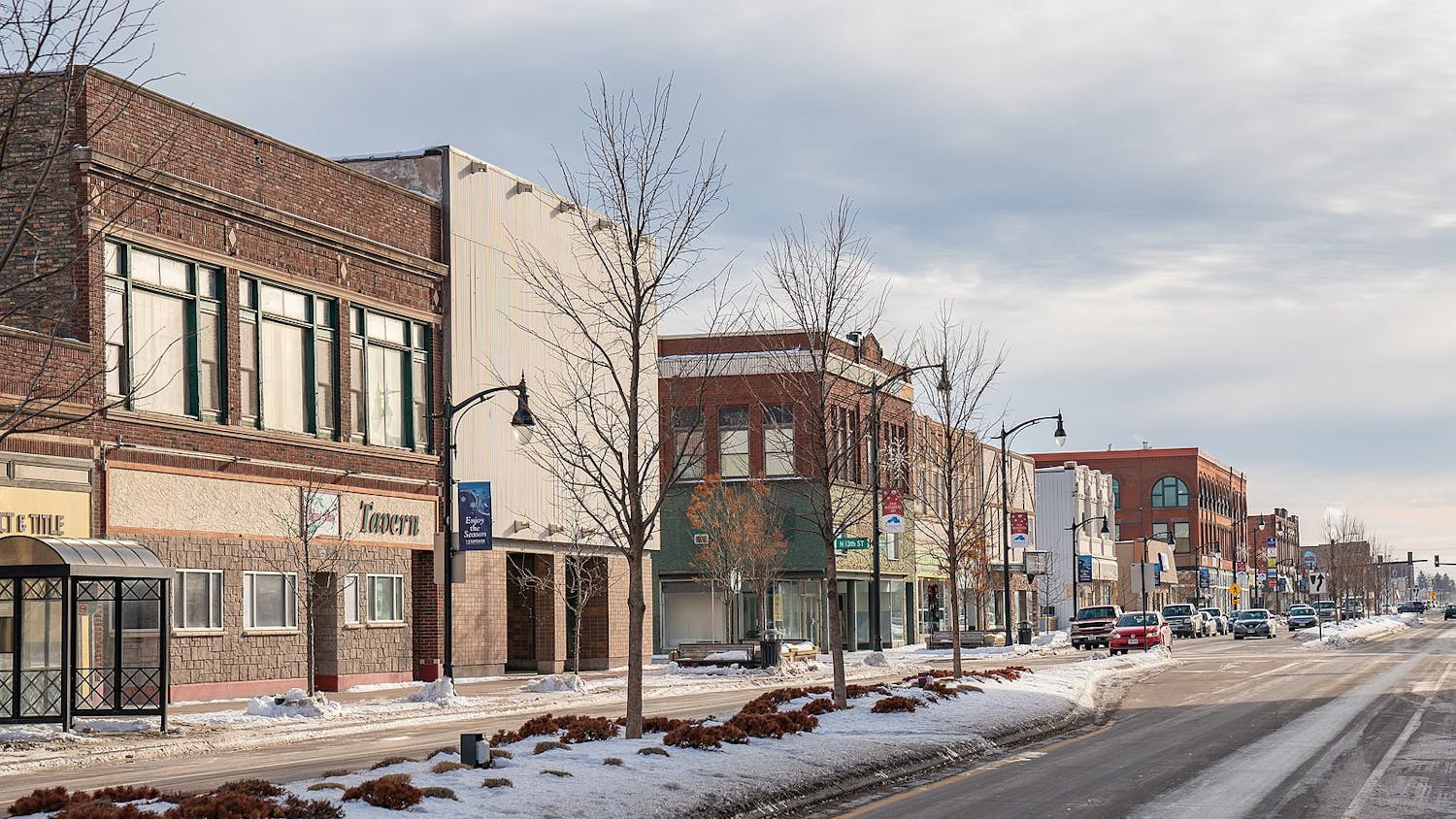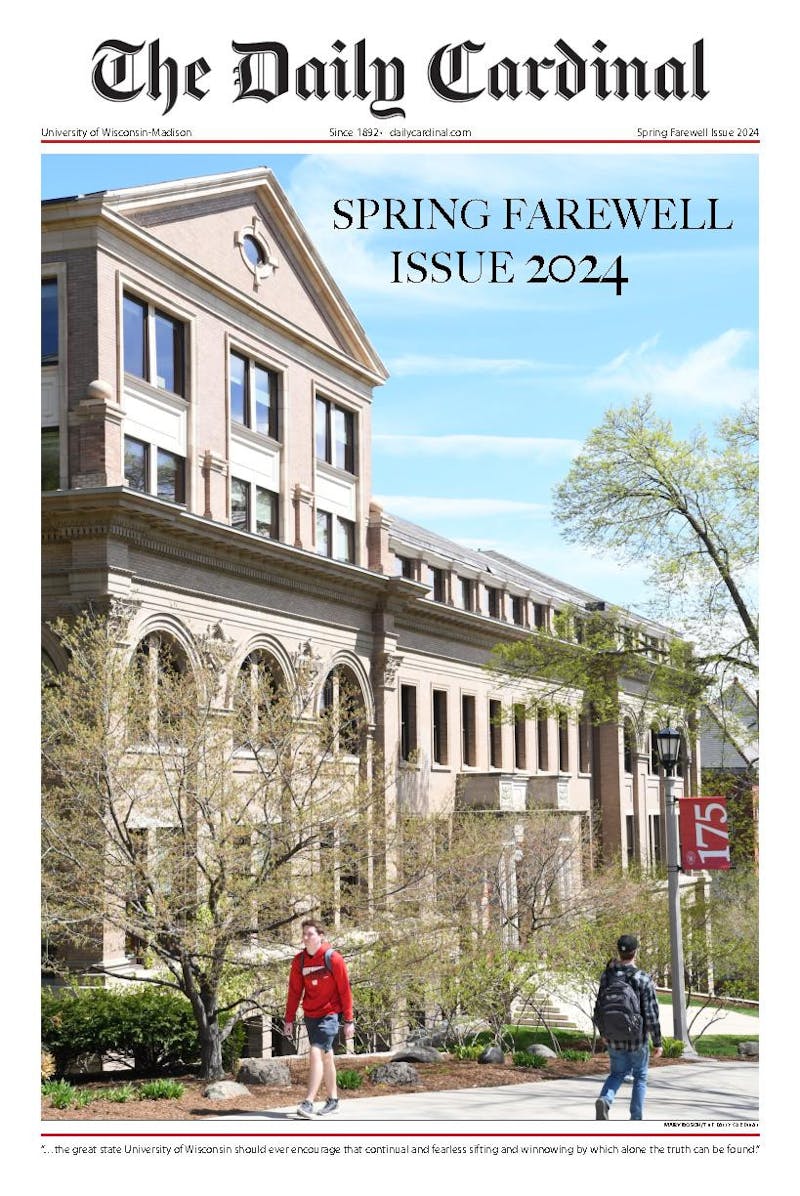After a training session, student employees at the Southeast Recreational Facility walked into a gymnasium to find large sheets of paper tacked on the walls. They were provided markers and asked a key question: What would you like to see in your recreational spaces?
The walls quickly filled with ideas: more room, more machines, better outdoor fields. It was clear students had plenty of ideas about improving these spaces, Recreational Sports Director John Horn said.
This brainstorming activity was part of a process to create what is being called the Master Plan, a proposed revamping of current Rec Sports facilities. The plan is still in its information-gathering stages but could mean an eventual renovation of all campus recreational centers.
According to Horn, all of these facilities are outdated by at least 30 years. The oldest, the Camp Randall Memorial Sports Center, better known as the Shell, has not undergone a major renovation since it was built in the 1950s.
At the very least, Horn said, the facilities require costly renovations. For instance, redoing the worn roofs on the Natatorium, SERF and Nielson Tennis Center would cost tens of millions of dollars, and would not address other issues, such as lack of space. Instead of spending money to maintain outdated buildings, Horn said he hopes to work with other faculty and students to develop a long-term strategy to improve Rec Sports.
“We want to plan for the next 50 years,” Horn said.
This led him to revisit the Master Plan for Rec Sports, which was first introduced in the 2007-’08 school year. With the Master Plan Committee, Rec Sports staff and students have been brought together to create a proposal for expanding and renovating current facilities.
This year, Ian Malmstadt, a Rec Sports student employee and Karlie Tetschlag, the president of the UW-Madison women’s club basketball team, started Badgers for Recreational Reform, an organization that hopes to gather ideas about what students want from their sports facilities.
“The rec centers are meant for students; they’re the ones who end up paying for them,” said Dylan Fiedler, a University of Wisconsin-Madison junior and BRR member. “It’s important that their voices are heard.”
Even after planning is completed, the student body will need to approve a referendum to authorize renovations. The Master Plan Committee hopes the referendum will appear on the ballot for ASM spring 2014 elections.
Unless private donors covered all costs, renovating the recreational facilities would mean some increase in segregated fees, Horn said.
But, Horn also said he hopes to ensure that segregated fees will not rise until the new facilities are built, which means increases wouldn’t affect current students.
Students pay segregated fees as part of their tuition in order to fund organizations and services. This year, undergraduates will each pay $1,111.20 per year in segregated fees, $73.56 of which will go to Rec Sports, according to the Office of the Registrar.
Students in the past have balked at the idea of increased fees. In 2010, a proposal to revamp the Natatorium was voted down. At the time, many students were unwilling to see the fees go up because they had recently risen to cover the cost of union projects.
To Fiedler, the Master Plan is a chance to improve the campus for future classes. He said he sees the failed 2010 campaign to renovate the Natatorium as a lost opportunity.
“Had it passed, the facility would have opened this fall,” Fiedler said. “It frustrates me that the students four years ago weren’t thinking about students that were coming into the campus.”
While the $73.56 is a $12 increase from last year, according to Horn it is still comparatively low. On average, Horn said students attending Big 10 schools pay $230 yearly for recreational facilities.
The Master Plan is still in its beginning stages, so Horn said it is hard to know the exact cost or to what extent segregated fees will be affected. The Master Plan Committee has also not determined whether it will make more sense to extensively renovate existing buildings or tear them down and start from scratch.
However, Horn said a similar project at the University of Michigan cost $250 million, which could possibly be an estimate for UW-Madison’s plan.
“I won’t be shocked if it approaches that number,” Horn said.
In addition to his founding role with BRR, Malmstadt serves as vice chair of the Student Services Finance Committee, the body responsible for allocating segregated fees (Fiedler is the secretary). Malmstadt says he knows it can be hard to make a decision about increasing these fees, but sees the Master Plan as practical.
“To me, it just doesn’t seem responsible to pour money into buildings that are falling apart and don’t service us in the first place,” Malmstadt said.
For instance, Fiedler said the SERF cannot handle the 6,000 students it sometimes sees in a single day.
“Constantly people are waiting for machines, the basketball courts are full all day,” Fiedler said. “I know plenty of friends who have bought memberships to Anytime Fitness or other places… because they don’t like having to wait at the SERF.”
Malmstadt said there are similar problems with the Natatorium on the Lakeshore end of campus.
“No one goes to the Nat… because there’s eight treadmills in the whole Lakeshore side of campus,” Malmstadt said. “There’s no track… no one can run in the Natatorium when it’s freezing cold outside.”
Horn said UW-Madison’s recreational facilities total around 12,000 square feet and have over 100,000 eligible users. He said colleges should have 1.5 square feet of recreation space for every eligible user, according to guidelines set by both the National Intramural-Recreational Sports Association and the American College of Sports Medicine.
Using this metric, the university should have around 150,000 square feet of recreational space.
In addition to expanding indoor facilities, Horn said the committee is also exploring the possibility of improving outdoor fields by replacing them with synthetic turf. Horn said 25 to 40 percent of outdoor activities, including club and intramural games and practices, are canceled each year, mostly due to the fact that current fields cannot be used when wet.
The Master Plan Committee will also try to tap into other funding sources as much as possible, such as private donors, Horn said. State funding may cover some of the cost, but it is too early in the process to ascertain how much that would be.
Horn said the committee hopes to have core plans for the proposal done by Thanksgiving, which would give them time to get a referendum approved for spring elections.
In the meantime, the Master Plan Committee and BRR are soliciting student input, and BRR is recruiting members.
“We’re the ones who get to make this choice, activate this change and better this campus for future students,” Fiedler said. “Its kind of shocking to see how poor and dull our recreational facilities are when we go to such a great school.”





